Why Should You Save & Invest?
Learn about the value of saving, investing, and the Rule of 72.
{{searchResultSnippet}}
 Back to All
Back to All
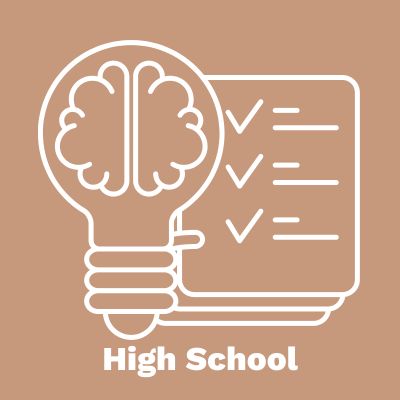
Students are shown the two ways that investments can earn a return and then calculate the annual rate of return, the real rate of return, and the expected rate of return on various assets.
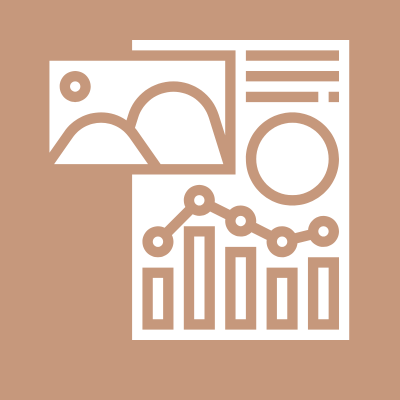
Why Should You Save & Invest?
Learn about the value of saving, investing, and the Rule of 72.
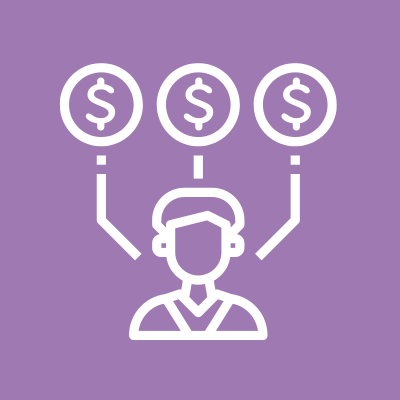
Get Into Stocks
Learn about the process by which companies become publicly owned and traded by issuing stock.
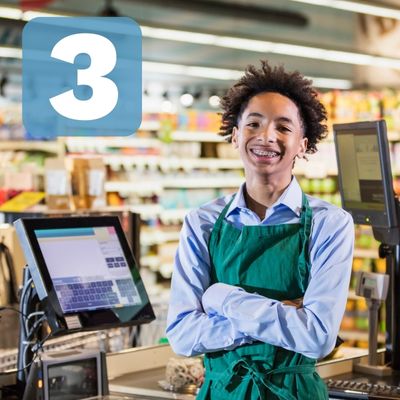
Checking and Savings Accounts | It's Your Paycheck Lesson 3
Discover the differences between checking and savings accounts.
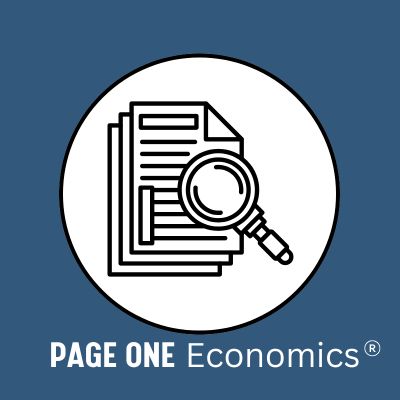
Who Buys Meme Stocks?
Understand what changes the price of a stock.

Why Should You Save & Invest?
Learn about saving and investment options.

Risk and Return Grab Bag
Define various savings and investment options.

Making Personal Finance Decisions Curriculum
Teach valuable personal finance lessons grounded in economic theory.

The Wealth Game—Factors for Success (Lesson 1A)
After playing a game simulating wealth creation, students reflect on determinants of wealth: natural abilities, effort, motivation, and luck.

Making Choices and Identifying Costs (Lesson 1B)
Introduce the PACED decisionmaking model.

The Inventory Game—Net Worth and Cash Flow (Lesson 2A)
Learn about net worth, cash flow, and the relationship between them.

Investing in Yourself (Lesson 3A)
Demonstrate the importance of human capital.

Entrepreneurship—Working for Yourself (Lesson 3B)
Learn about common traits of entrepreneurs.

What Are Taxes For? (Lesson 4A)
Explain why the government provides some goods and services.

Understanding Taxes (Lesson 4B)
Learn about factors that make various taxes different.

Making a Budget—It Is All Spending! (Lesson 5A)
Discover that all elements of a budget are essentially spending on goods and services.

Budget Trade-Offs—A Penny Here and a Penny There (Lesson 5B)
Illustrate that budgeting is really an allocation problem.
{{resourceTitle}}
{{resourceBlurb}}